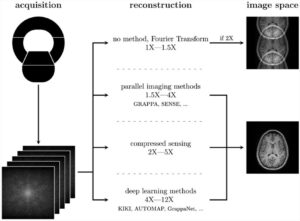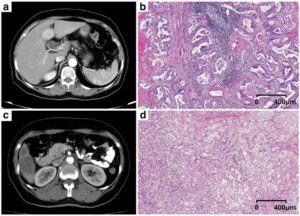In this study, we developed the DCNN not only for the automated detection of hip fractures on frontal pelvic radiographs but also to offer visualization of the fracture site by Grad-CAM, which enables the rapid integration of this tool into the current medical system.
The age of artificial intelligence (AI) offers new opportunities but also poses challenges, for physicians. Deep learning (DL) and computer visualization have already proven their capabilities and have contributed to the medical imaging discipline. However, there were still many issues that needed to be explored.
The “black box” problem of deep learning still causes issues, raising questions such as, “How the algorithm detect the lesion?” and “ Can we crack the black box open?” My team used the visualization algorithm to localize the fracture to help the physician understand and also explained the algorithm’s work. This step can help to make users more confident with the results of the DCNN.
We emphasize creating a human-based AI system; integrating human intelligence and artificial intelligence is the ultimate goal. We believe all the designs were based on the physicians’ needs and that the AI system should collaborate with the physicians, not replace them. In order to accomplish this task, we modified the parameters to sacrifice accuracy, but saved the calculated time, offered the visualization tool, and decreased the complexity of data input; all of the steps helped this algorithm to assist the physicians in recognizing the fracture quickly and correctly, reduce the workload, increase the efficiency, and lower the medical cost.
Key points
- Automated detection of hip fractures on frontal pelvic radiographs may facilitate emergent screening and evaluation efforts for primary physicians.
- Good visualization of the fracture site by Grad-CAM enables the rapid integration of this tool into the current medical system.
- The feasibility and efficiency of utilizing a deep neural network have been confirmed for the screening of hip fractures.
Authors: Chi-Tung Cheng, Tsung-Ying Ho, Tao-Yi Lee, Chih-Chen Chang, Ching-Cheng Chou, Chih-Chi Chen, I-Fang Chung, Chien-Hung Liao













